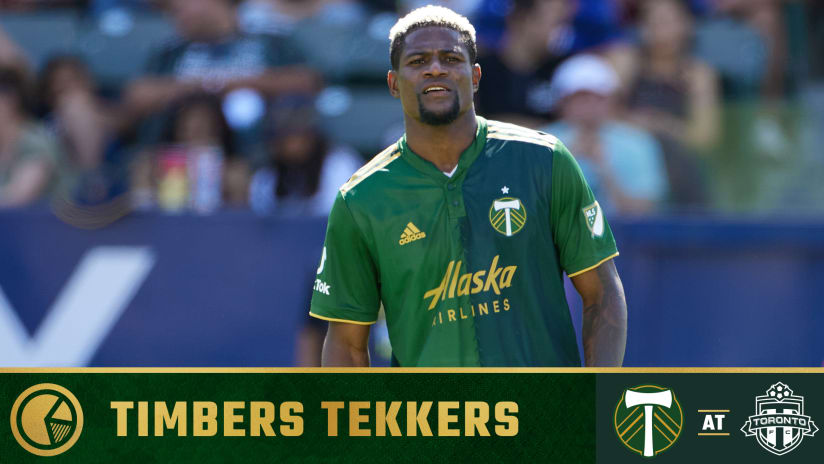BEAVERTON, Ore. – It’s not every day that Gavin Wilkinson offers to placate his local media’s curiosity, but as the current version of his 2019 MLS team finished its season’s first training, the Portland Timbers’ president of soccer was indoors, answering questions about the coming year, and implicitly satiating eager minds about a relatively quiet offseason.
“We are definitely looking to sign a right back, and we’re definitely looking to sign a forward,” Wilkinson said, igniting fuses as the start of his session, openly confirming speculation that’s surrounded the team’s, until then, clandestine plans.
“I would go one step further and say we’ve targeted young forwards…,” he explained. “We’ve pursued several right backs, and we’re being extremely selective on the type of player we want and the profile of the player. That is in process, and we should see something come to fruition in the next seven-to-10 days.”
General managers typically approach that type of specificity with caution. To give real numbers to a timeline, even if those numbers are loose, carries an obvious subtext: the recruitment is approaching its final stages. It’s only at that point when you see the end of the tunnel.
This particular tunnel has the team in the market for a right back, a need Portland handed itself with the offseason trade of Alvas Powell. Though the newly re-signed Zarek Valentin is still on the roster, the Timbers need at least one other player at the position. And consistent with the rest of the team’s new, offseason arrivals, Wilkinson wants Portland’s next fullback to compete for a starting job.
“Every player that we’re looking to sign, not only does it provide competition at certain positions, but we are seeing them as potential starters,” he explained, before alluding to two of 2018’s midseason arrivals. “It’s the same as (Tomás) Conechny. It’s the same as Lucas Melano, when he came back. These are players that are capable of starting and should be putting pressure on the starters.”
With the team’s right back targets, though, there is another dimension to the search. As Valentin proved last year, Portland already has one starting-caliber player at the position, somebody who has a distinct set of skills. For the incumbent’s eventual competition, the team is looking for a complement, not a clone.
“With Zarek, tactically, he’s very aware,” Wilkinson said. “Technically, he’s very clean on the ball. The right back that we’re looking at is somebody that can maybe give us a little more in the attacking half, especially in the attacking third, and look to have more of an influence over the game in the attacking half of the field.”
The right back chase, though, may soon take a backseat to another pursuit, one that, according to Wilkinson, could set a new standard for his club.
“The player we’re looking at does give us depth in several positions,” Wilkinson said, alluding to the potential to add a high-value attacking player, “but if it is a young Designated Player and it does come to fruition, that’s a player that we would expect does come in and play.
“With the investment that (team CEO and owner) Merritt (Paulson) is looking to make, it would be the biggest investment we have made in any one player since the start of the Timbers.”
Attackers Sebastián Blanco and Lucas Melano mark, to date, the team’s largest outlays on the transfer market. According to Wilkinson, the Timbers could eclipse those totals, should the team land one of its current targets.
“It’s an attacking player that can play multiple positions,” Wilkinson said, alluding to the profile his team’s pursuing before explaining how a signing would fit on the current depth chart.
“When you look at Jeremy Ebobisse and what he’s done, and the development we’ve seen in Jeremy, I think, one, we have to give Jeremy a ton of credit for the work that he’s put in, but also looking at what the club has done and what (head coach) Gio (Savarese) has done with the player. And the fact that Jeremy is in with the (United States) national team, right now, is a complement to both the player and the club.
“With Jeremy, in particular, we don’t want to block him and his progress. So, for us, it’s very, very important that he is given the opportunity to start, to continue to play. And if he’s not, he will still get minutes. I think it’s healthy to provide competition.”
That last word, competition, is one that’s been evoked constantly over the last 13 months, ever since the maneuvering of 2018’s offseason invigorated the club’s organizational depth chart. With those spots filled, though, the Timbers have spent 2019’s break in a difference pursuit. This year, instead of addressing his first team’s foundations, Wilkinson can target the depth chart’s top.












